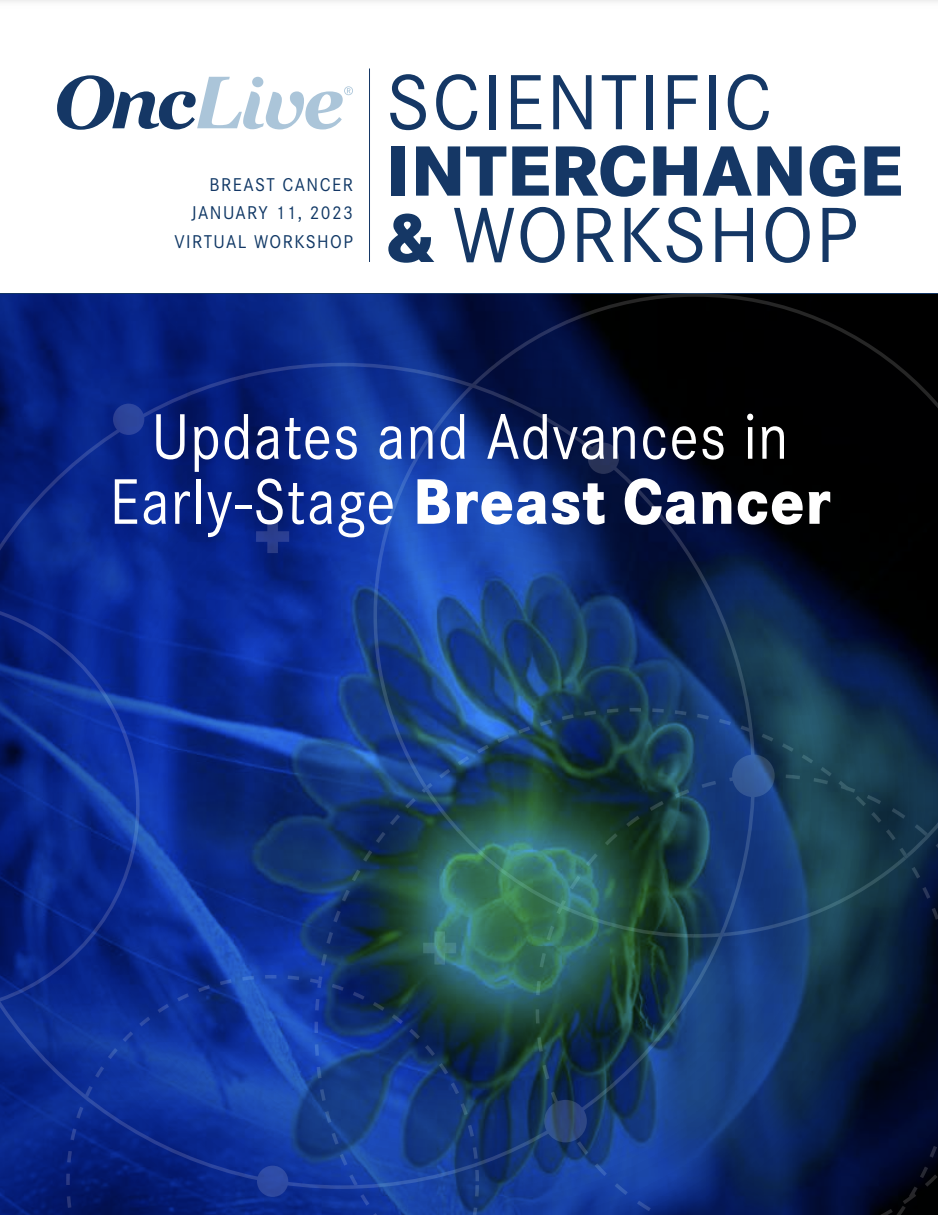Video
Dr. Lacouture on Dermatologist Communication
Author(s):
Mario E. Lacouture, MD, dermatologist, Memorial Sloan-Kettering Cancer Center, explains the challenges that need to be overcome to improve communication between oncologists and dermatologists.
Mario E. Lacouture, MD, dermatologist, Memorial Sloan-Kettering Cancer Center, explains the challenges that need to be overcome to improve communication between oncologists and dermatologists.
Lacouture says that one of the major challenges stems from an overall lack of dermatologists. As a result, only 8% of patients who develop a dermatologic side effect will actually see a dermatologist during therapy.
The timing of communication is important as oncologists need to quickly judge whether or not to continue with therapy. At the initial referral to a dermatologist, the oncologist needs to provide information about duration of treatment and type of therapy. This can be used to more accurately determine the cause of the adverse event.
Dermatologists and oncologists have different systems for grading side effects in patients. To provide an accurate classification of adverse events, dermatologists must be aware of the language and terminology used by oncologists.









